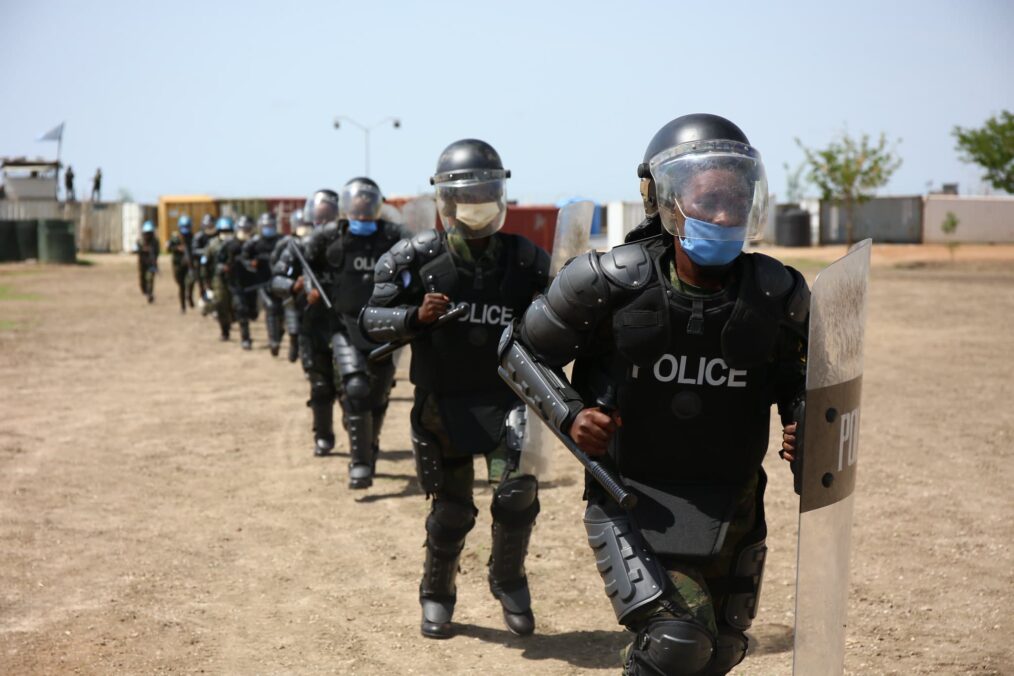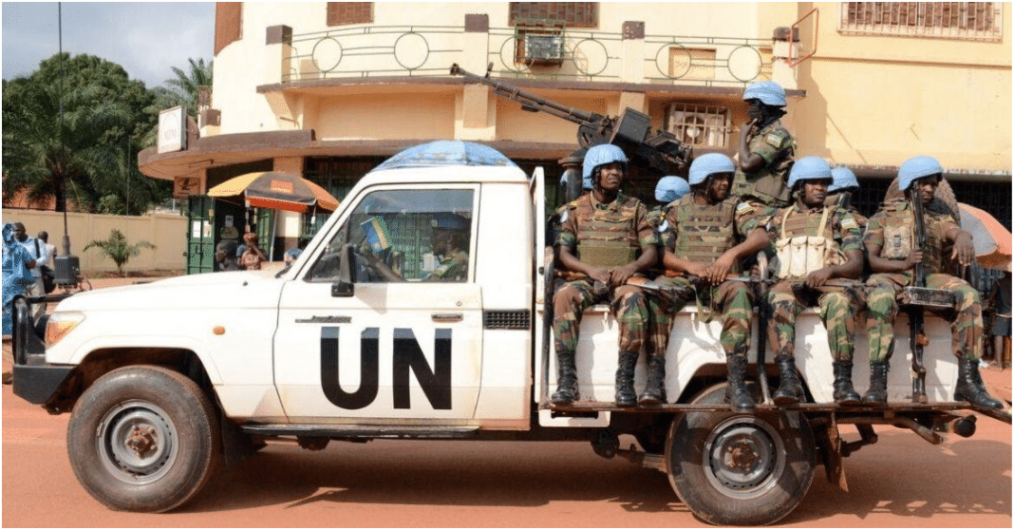Nigeria has continued to grapple with the issue of terrorism, and as expected, has had to launch many counter-terrorism missions. While domestic conflicts and extremism were not exactly new phenomena to a fragile state like Nigeria, the activities of Boko Haram would understandably raise concerns, mainly because of its religious ideologies and fatal potentialities in constituting an existential threat.
Jama’atu Ahlus Sunna Lidda’wati Wal Jihad, fondly known as Boko Haram, has in its almost two decades of existence; carried out several attacks targeted at civilians, security officials, infrastructures, security facilities, international organizations etc. All these attacks, Boko Haram claims, are done to drive their mission of establishing a caliphate – a goal it briefly achieved during their brief occupation of large swathes of territories in the North East region.
Counter-Terrorism Operations
For the period that this group has existed, counter-terrorism operations in Nigeria seem to have substantially focused on the use of force, however extreme it may be: chiefly on the defensive and occasionally on the offensive.
With the military at the forefront of this campaign, alongside the collaborative efforts of other security agencies, the tactics employed to solve one problem often create a much bigger problem for the nation. Unfortunately, looking through history, this is becoming a pattern in Nigeria. The lack of restrictions in using excessive force by security agencies as a response tool (regardless of the situation, whether it is a peaceful protest or terrorist incident) significantly hampers their genuine efforts.
For instance, Boko Haram initially started as a religious sect with somewhat radical ideologies that were of no significant risk (at the time) to the nation’s security. Although there was a need to be wary of the group, at that point, perhaps a softer approach would be ideal, but this was not the case.
An unnecessary military operation that saw the maiming and killings of members of the ‘religious sect,’ and worst of all, the extrajudicial killing of the then leader of the group Mohammed Yusuf by the police; birthed a mountain of problems that have only complicated things for the Nigerian counter-terrorism campaign. Gradually, translating from a religious sect with Yusuf, the reluctant fighter as the leader- to an unstable group led by the highly erratic Abubakar Shekau, the outcome of counter-terrorism operations in the North East is visible.
The instability in Boko Haram resulted in many offshoots notable among them are Ansaru, which shares links with Al-Qaeda, and the Islamic State West Africa Province (ISWAP) with links to ISIS. Regardless of how the choice of strategy to counter terrorism seems to be multiplying the problems rather than reducing, it seems Nigeria has still not realized the glaring lessons before them.
Current counter-terrorism missions still have the military at the forefront, with its recent operations recording the elimination of leaders of terrorist groups. Again, we see the same mistake made with Boko Haram repeated, and in this case, the consequences are far graver as these groups now have international links and are not necessarily working on their own. These operations by the military may widen access for these international terrorist groups to further launch their campaigns, and in turn, gain more grounds in the already fragile region.
Recommendations
While these military operations may have their usefulness, we have seen over time that they are usually short-lived. There has been a rise in terrorist activities in the North East region, despite all the efforts and revenue invested in countering it. These groups still manage to onboard voluntary recruits amid the heated military operations.
A successful counter-terrorism approach should encompass strategies that focus on addressing development issues such as poor governance, low literacy, poverty, and unemployment; that these groups readily take advantage of to promote their campaigns. The failure to pay as much attention to extensively resolving developmental issues in the region while intentionally minimizing military tactics (which only infuriates terrorists and does nothing to deter or disengage them); continues to foil Nigeria’s counter-terrorism campaign.
Joan McDappa, Counter-Terrorism Research Fellow at Rise to Peace





